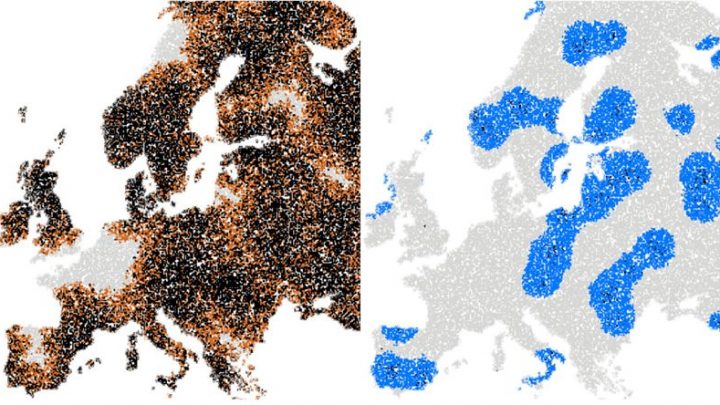
AI-NEWS. Artificial intelligence could be one of the keys for limiting the spread of infection in future pandemics. In a new study, researchers at the University of Gothenburg have investigated how machine learning can be used to find effective testing methods during epidemic outbreaks, thereby helping to better control the outbreaks.











